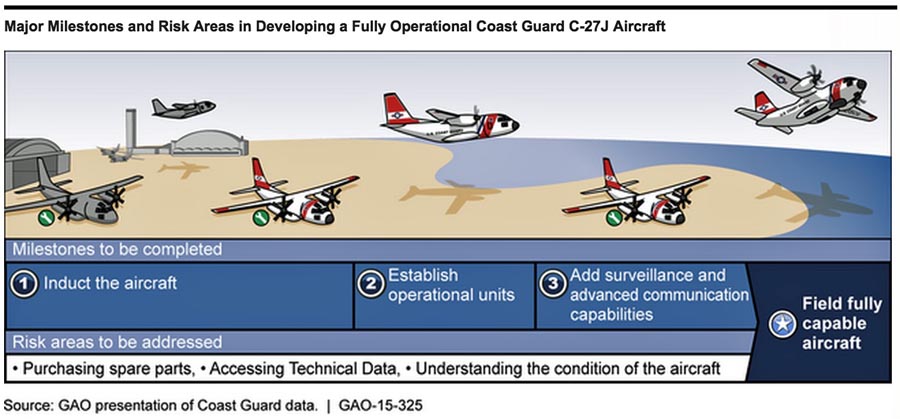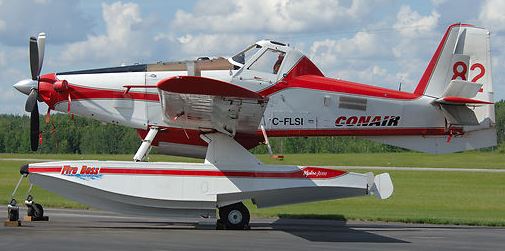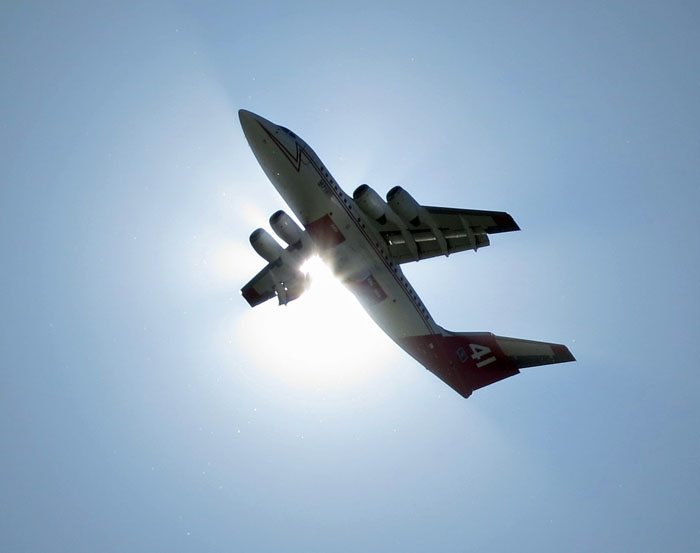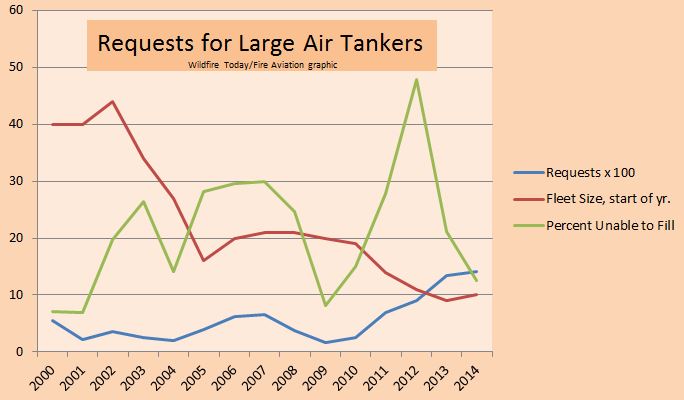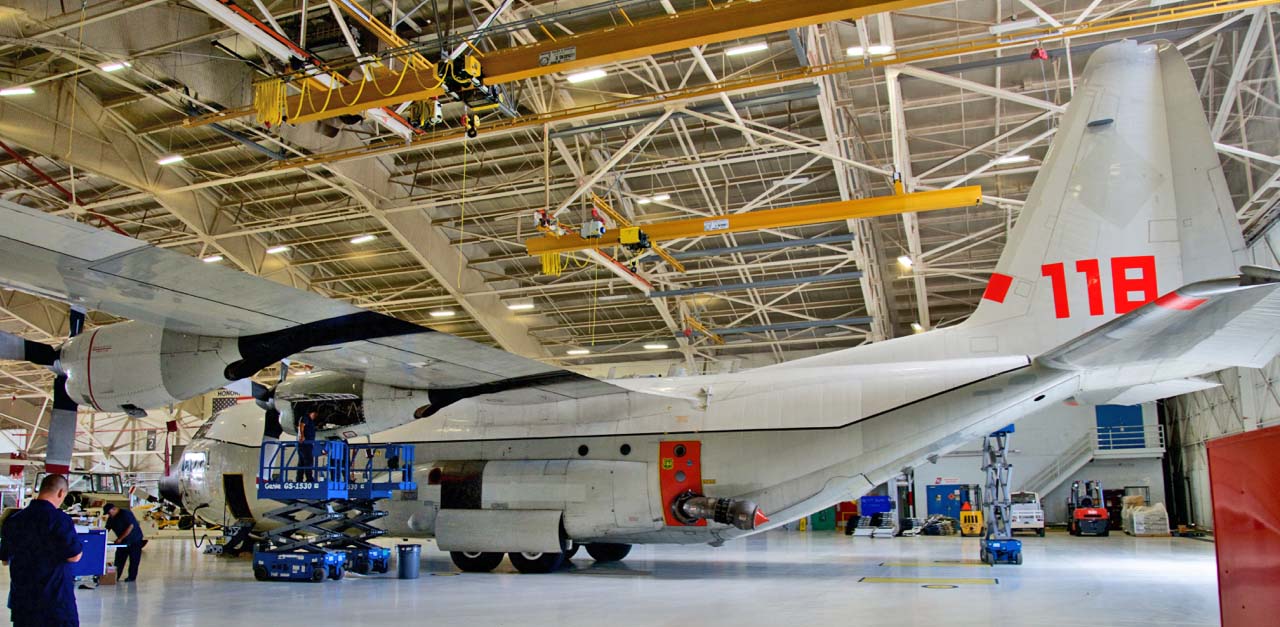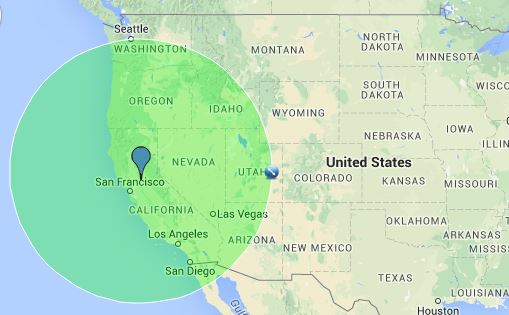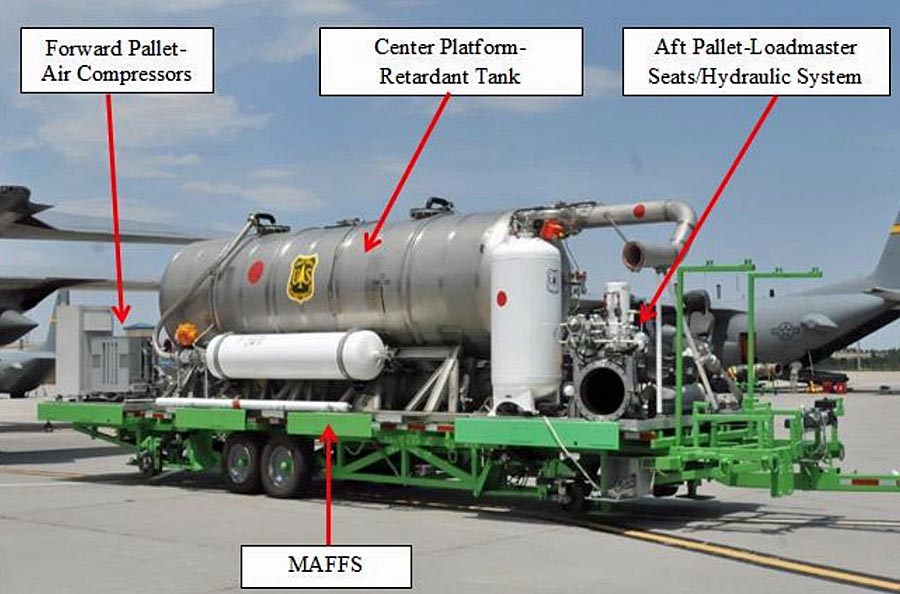In 2013 the U.S. Forest Service was expecting to receive seven C-27J aircraft from the Air Force. The Air Force was giving them up even though the oldest were only a few years old, and the newest ones were still to be delivered from the manufacturer.
In mid-2013 the USFS contracted for a report about the aircraft prepared by Convergent Performance, LLC in Colorado Springs, Colorado at a cost of $54,000. The report’s conclusions:
- If used as an air tanker it could carry up to 1,850 gallons of retardant in a conventional gravity-assisted tank, or 1,100 gallons in a mini-MAFFS slip-in tank, if a mini-MAFFS were designed, built, and purchased.
- It could transport between 24 and 46 smokejumpers.
- The C-27J could carry two 20-person crews, except, for example, at Reserve, New Mexico, elevation 8,143′ with a 4,777′ runway, it could land with two crews, but could take off with only one.
- The aircraft could carry between 12,222 and 25,353 pounds of cargo.
- The hourly flight cost would be between $5,800 and $7,400 if used for 250 to 400 hours a year.
- The C-27J is training intensive and requires constant skill application by the aircrews to remain proficient and mission-ready.
As it turned out, the USFS did not get the seven C-27Js. Those plus another seven were given to the U.S. Coast Guard, while seven of the Coast Guard’s old HC-130H aircraft were ordered to be transferred to the USFS after being converted by the Air Force into air tankers. This was etched in stone when the National Defense Authorization Act of 2014 was passed in December, 2013. The conversion of the first of the seven HC-130Hs is partially complete, as evidenced by Tanker 118 being stationed at McClellan Airport this week.
In April, 2015 the Government Accountability Office released a study of the Coast Guard’s acquisition of the C-27J, titled Transfer of Fixed-Wing C-27J Aircraft Is Complex and Further Fleet Purchases Should Coincide with Study Results. Below are highlights of their report:
****
“What GAO Found
As of January 2015, the Coast Guard had transferred 2 of the 14 C-27J aircraft it is receiving from the Air Force to its aircraft maintenance facility, with plans to field 14 fully operational C-27Js by 2022. According to initial Coast Guard estimates, while the aircraft come at no cost, the Coast Guard needs about $600 million to fully operationalize them. This process is complex and significant work and risk remain. For example, the Coast Guard must establish its needs and purchase a set of spare parts for each aircraft, but faces hurdles due to potential pricing issues and delivery delays from the manufacturer.
Also, the Coast Guard does not have access to the manufacturer’s technical data that are required for modifications to the aircraft’s structure to, for example, incorporate radar. These and other risks may inhibit the Coast Guard’s ability to operate the aircraft as planned. However, the Coast Guard is working to mitigate these risks.
The C-27J will improve the affordability of the Coast Guard’s fixed-wing fleet, but the fleet as currently planned may not be optimal in terms of cost and flight hour capability. The Coast Guard submitted a business case to Congress in 2013 that determined the C-27J would save $837 million over 30 years, compared to the program of record, without reducing fleet performance. GAO estimates that the fleet the Coast Guard is currently pursuing achieves nearly all of these savings. However, the source of these savings has shifted. A significant portion of the savings now results from an 18 percent drop in flight hours due to a change in the mix of aircraft the Coast Guard intends to pursue.
GAO used updated information in conducting its analysis, such as the expected service life of each aircraft type. Consistent with congressional direction, the Coast Guard is conducting a multi-phased analysis of its mission needs—including its flight hour goals and fleet of fixed-wing assets—but will not present the full results prior to its 2019 budget request. In the meantime, the Coast Guard has prudently paused its existing HC-144 acquisition program.
However, since 2000, the Coast Guard has received 12 HC-130Js without budgeting for them and it may continue to receive these aircraft while it studies its fixed-wing fleet needs. If the Coast Guard continues to receive these aircraft in the near term, the capability and cost of the Coast Guard’s fixed-wing fleet runs the risk of being dictated by the assets the Coast Guard already owns rather than what it determines it needs.
Why GAO Did This Study
The Air Force is transferring 14 C-27J aircraft to the Coast Guard. Once modified into surveillance aircraft, the C-27Js will be a part of the Coast Guard’s fixed-wing aircraft fleet. In 2007, the Coast Guard established a baseline of aircraft quantities and costs known as the program of record. This baseline established the cost and quantity of aircraft necessary to achieve its goal of 52,400 flight hours per year. The Coast Guard’s aircraft, including the HC-144 and HC-130J/H, are integral to its missions, such as counterdrug and search and rescue.
GAO was asked to review the transfer of the C-27J to the Coast Guard. This report assesses (1) the status of the transfer and risks the Coast Guard faces in fielding the transferred aircraft; and (2) the extent to which acquiring the C-27J affects the overall cost and performance of the Coast Guard’s fixed-wing aviation fleet.
GAO analyzed program documents and maintenance records for the C-27J. GAO interviewed Coast Guard and Air Force officials and private contractors. GAO also analyzed the Coast Guard’s C-27J business case.
What GAO Recommends
The Department of Homeland Security (DHS) and the Coast Guard should advise Congress of the time frames for the Coast Guard’s fleet analysis and to modify the provision of additional HC-130Js, as appropriate, in the interim. DHS agreed with the first recommendation, but did not agree with the second recommendation. If the Coast Guard accepts additional HC-130Js before completing the fleet mix study, the aircraft may be in excess of the Coast Guard’s need.”

